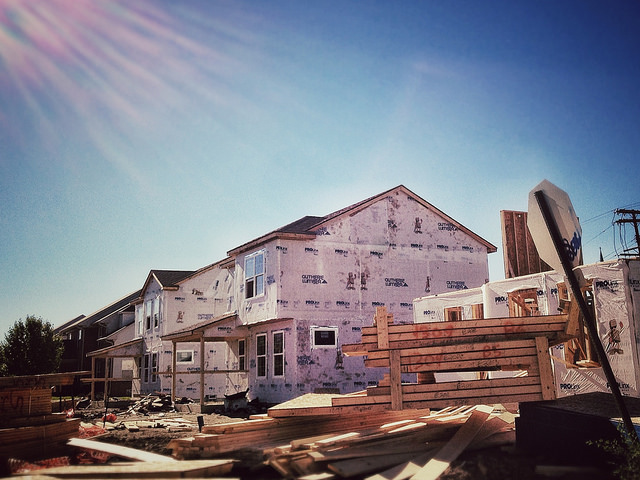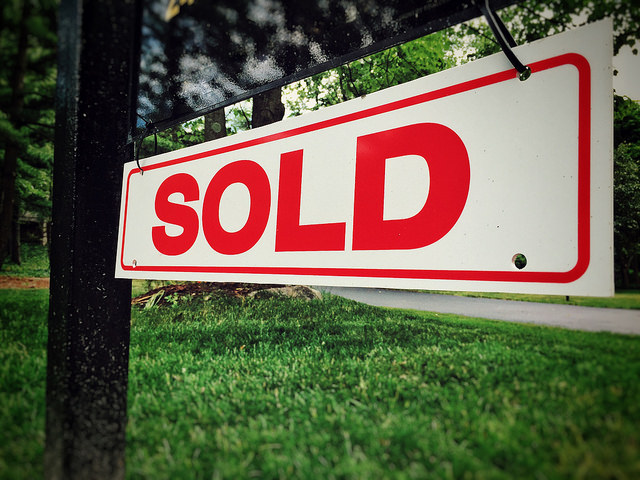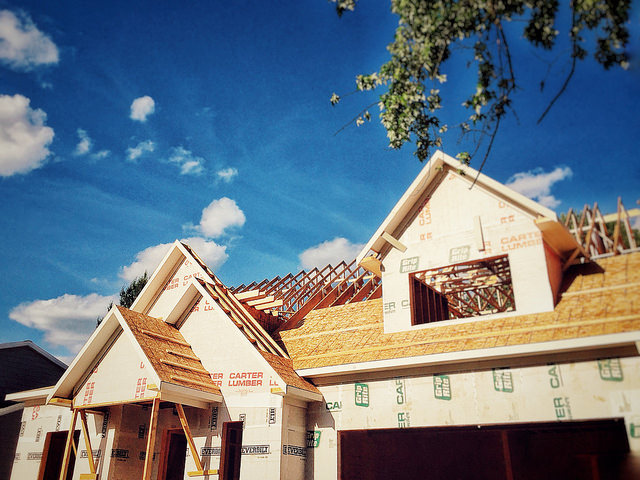Following news that sales of previously owned homes rose in May, the U.S. Census Bureau and the Department of Housing and Urban Development released their estimate of how many new homes were sold during the month. According to the report, new home sales were up 2.9 percent and are now nearly nine percent above last year’s level. The increase is welcome news after April sales experienced the largest one-month decline since last year. However, the report also contains news that new home prices are now at a record high. The median sales price of new homes sold in May was $345,800; the average price was $406,400. Price increases are largely being driven by a lower-than-usual number of homes for sale combined with high buyer demand. But why, if there are so many buyers, aren’t builders building more houses? Well, one reason is a lack of available building lots. The shortage of lots has been a consistent complaint among builders, who have been eager to take advantage of elevated buyer traffic. But despite fewer homes for sale, a strengthened labor market and still-low mortgage rates are keeping buyers interested and active in the market. More here.












